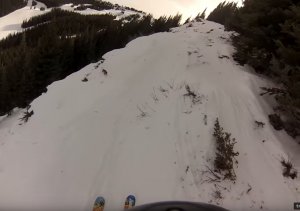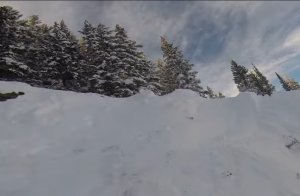Ah, yes, thanks. The upper gate is above the prominent rock where the crown of the slide was. That rock is really useful for orienting in the various images.Where the black lines diverge, is actually closer to the lower gate I think. There is no line coming in from the upper gate, which would be more like under "M" in "FATMAP" at the top.
Edit: maybe not. Hmmmmmm
Did anyone hear if the jury ever visited the site? I read that's why they moved the trial from Broomfield to Edwards at Vail's request. I hope they paid a visit as it's really tough to get a perspective from just the maps and photos.


